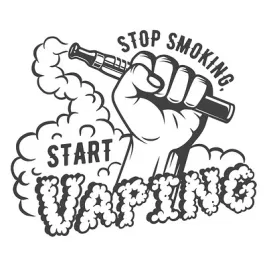According to a recent news article, Scott Becker spent 12 days in a burn center after his e-cigarette exploded a year ago and still requires daily treatment for his injuries. Becker was quoted as saying, “These things are dangerous. If I’d known…I could have saved myself a tremendous amount of anguish.”
E-cigarette explosions not only cause devastating thermal burns, but also chemical burns from the lithium batteries. The chemicals sometimes damage multiple layers of the skin because they continue to “burn” long after skin exposure. Becker suffered third degree burns including a massive deep burn in his thigh requiring skin grafts.
Many experts agree that injuries caused by e-cigarette use are on the rise and that the public should be warned about the risks. However, Gregory Conley, President of the American Vaping Association, has publicly stated that broadcasting information about injuries instills “unnecessary” fear in the public—fear that could damage sales for vaping products. He has stated in the past that the number of injuries is insignificant compared to the dangers of smoking cigarettes. Worth noting is that the role of the American Vaping Association is to “encourage the growth and sustainability of small- and medium-sized businesses in the rapidly growing vaping and electronic cigarette industry,” not to promote the health and welfare of consumers.
Burn victims like Becker may have a different opinion when sharing their stories. There is no doubt that vaping products are exploding and people are getting severely injured. Karla Klas from the Trauma Burn Center at the University of Michigan was recently quoted saying, “Not only are the burns deep, but because of the chemicals that are in the batteries, it’s almost like they are having a chemical burn on top of the thermal burn.” There are also incidents of people having severe tissue and bone damage, especially if the batteries shoot into the mouth while inhaling.
With vaping product incidents on the rise, it is more important to talk about the dangers than to hide them, as Conley suggested. Unsafe consumer products need to be redesigned or removed from the marketplace to protect the safety of innocent buyers—in the case of e-cigarettes these buyers are often teenagers. Moreover, the vaping industry is relatively new and likely to spawn additional dangers as more products enter the marketplace. Both smokers and non-smokers need to be aware of the dangers and demand a response from manufacturers, distributors, and retailers in the e-cigarette industry—a response in the form of accountability and responsibility for product safety.



 />i
/>i

